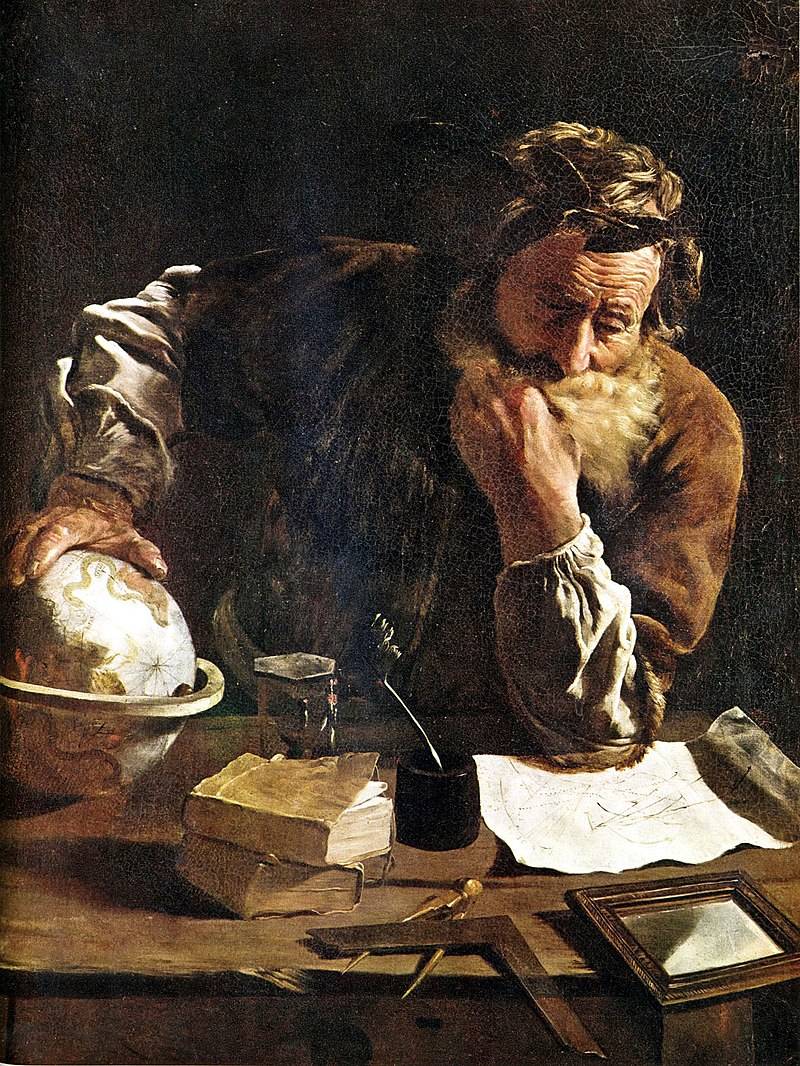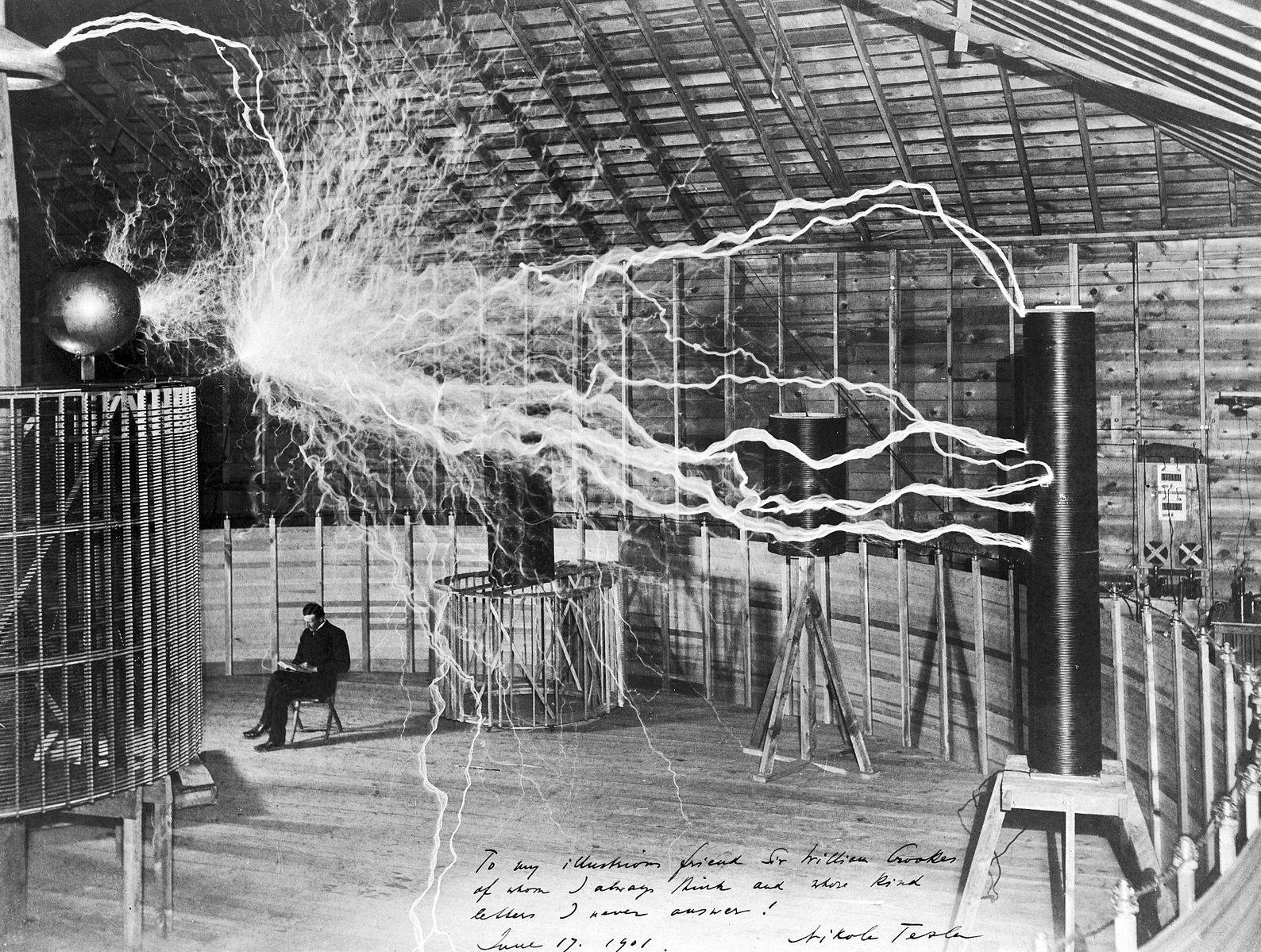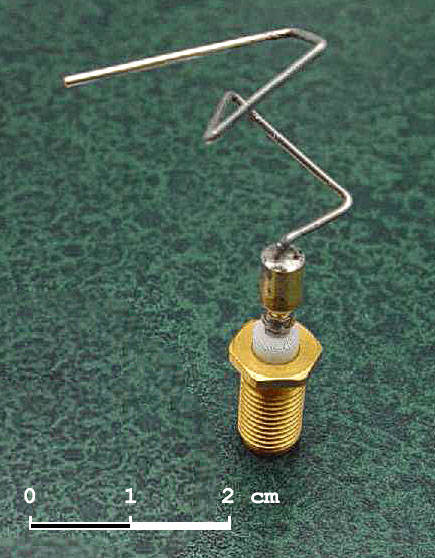Should AI Hold Patents? The Flash-of-Genius Answer
To understand why AI cannot independently invent, let’s look at how famous inventors have actually done itAs recently reported at Mind Matters News, the US Patent Office banned artificial intelligence products (AI) from holding patents. The idea of AI holding a patent is as silly as a Microsoft Excel spreadsheet holding a patent. AI is simply a tool. A very powerful tool, but unable to independently invent.
Like Excel, AI assists programmers in their design work. AI can search through trillions of possibilities, using data from a million sources, to find a successful design. But the structure of the search and the source of the data is the choice of the programmer. Any claim that AI does something “without human input” is a lie. AI requires programming and programming requires humans.
In humans, creativity is often marked by a “flash of genius.” Most creative people reading this post have experienced a “flash of genius” of some type. Mathematician Jacques Hadamard (1865–1963), who proved the prime number theorem, believed that creativity in math and science was due to activity in the subconscious.1
British mathematician Sir Roger Penrose (1931– ), who calculated many of the basic features of black holes, has said that creative ideas do not come to him fully fleshed out. The idea does not appear in words, not in a picture, but as a thought. It often takes Penrose some time to polish the details.
The “flash of genius” experienced in both science and the arts was once a literal criterion for a United States Patent, part of federal patent law as the Flash of Genius Doctrine:
“The doctrine evolved from the decision in Cuno Engineering Corp. v. Automatic Devices Corp., 314 U.S. 84 (U.S. 1941) Where it was held that an inventive act had to come into the mind of an inventor in a `flash of genius’ and not as a result of tinkering.2
The creative “flash of genius” as measured by the Lovelace test remains outside the capability of AI. Here are some remarkable instances of flashes of genius from history:
1.1 Archimedes

The best-known fable of a flash of genius is Archimedes’ “Eureka” moment.3 Archimedes (287–212 BCE, artist’s impression right), a pioneer mathematician and mechanical engineer, lived in Syracuse in Sicily.
The story is that the king of Syracuse, Hiero II, suspected that his goldsmith had cheated him when making a gold crown. The goldsmith might have kept some of the gold he was given and substituted less valuable materials that weighed the same amount. How could Hiero determine if the crown was a blend of gold and an inferior metal? Well, apart from its weight, the volume of the crown should be the same as the volume of the initial gold. But how could the volume of a crown be measured? The problem was put to Archimedes, among others.
While sitting in a bath, Archimedes recognized that the amount of water that spilled over the edge of the tub was equal to the volume of his body displacing it. He reportedly jumped from the bath and ran naked through the streets yelling, “Eureka! Eureka!” (“I’ve found it! I’ve found it!”) He could use that method to determine the volume of the crown relative to that of gold.
Here are some important takeaways from Archimedes’ legendary flash of genius. First, the idea lay within his area of expertise. Could his brain simply have performed a correlation between what he wanted to know and his current experience? Jay Richards points out that, if this were always the case, we would soon run out of ideas to correlate into new ideas.4 More is going on here.
Creative solutions often become obvious only after they are created. Today’s scientist looks at Archimedes’ solution and says “Of course. The solution is obvious.” But here is the question we should ask: Given only the education and background available to Archimedes, how difficult a problem was it? At the time and under the circumstances, the solution was unarguably a work of genius.
I find other flashes of genius accounts to be even more compelling. Here are some historical examples:
1.2 Friedrich Gauss
Friedrich Gauss (1777–1855) has been called the Princeps mathematicorum, Latin for “the foremost of mathematicians.”5 Gauss developed beautiful mathematics in several fields. The metric unit for magnetic flux density, the gauss, bears his name. Gauss’ other eponyms are numerous and include6
• Gaussian elimination in linear algebra,
• Gauss’ Law and Gauss’ Flux Theorem in electromagnetics,
• the Gaussian curve a.k.a. the bell-shaped curve or normal distribution in probability, and
• Gaussian curvature in topology.
You know you have made it big when your name begins to be used as an adjective.
Considering one difficult problem, Gauss had a flash of genius. He wrote:
Finally, two days ago, I succeeded [in solving the problem] not on account of my hard efforts, but by the grace of the Lord. Like a sudden flash of lightning, the riddle was solved. I am unable to say what was the conducting thread that connected what I previously knew with what made my success possible.
– Mathematical Circles Squared. Book by Howard W. Eves, 1972.
Gauss’ epiphany was a flash of genius.
1.3 Nikola Tesla
Nicola Tesla (1856–1943) was an eccentric genius, best known for the photograph (courtesy Wellcome viaWikimedia Commons) showing him seated, dwarfed by an enormous “magnifying transmitter” generating 23-foot-long electric arcs:

One of Tesla’s achievements was to win the AC/DC battle with Thomas Edison. Unlike the direct current (DC) favored by Edison, Tesla’s alternating current (AC) can be transmitted long distances over power lines with minimal loss. Your house today has alternating current (AC) power today because of Tesla’s genius. Tesla was also a pioneer in the development and demonstration of X-rays, wireless power, remote control and FM radio.
His autobiography7 references many detailed moments of inspiration. He had visions accompanied by blinding flashes of light.8 Like Einstein, Tesla thought best by visualizing images, a process referred to as picture thinking.
One of Tesla’s inventions was the brushless induction motor, the source of electric motor design used today. Concerning its creation, Tesla writes:
… the idea came like a flash of lightning and in an instant the truth was revealed. I drew with a stick on the sand the diagram shown six years later in my address before the American Institute of Electrical Engineers, and my companion understood them perfectly.
– “Tesla’s Life and Legacy—Tesla’s Early Years”, PBS
It’s interesting that both Gauss and Tesla independently refer to their epiphanies as a flash of lightning.
1.4 André Weil
French mathematician André Weil (1906–1998), one of the most influential 20th century figures in the discipline, experienced a series of lightning flashes and described them as the opening of one door after another. He writes
Every mathematician worthy of the name has experienced … the state of lucid exaltation in which one thought succeeds another as if miraculously… this feeling may last for hours at a time, even for days. Once you have experienced it, you are eager to repeat it but unable to do it at will, unless perhaps by dogged work…”9
1.5 Hal Philipp
Hal Philipp invented the modern touch screen, the automatic faucet and keyless cars.10 Philipp says invention ideas just “popped in my head.” About the reliable low-cost capacitive sensing used today on your touch screen, he explains that the idea came “late at night, lying in bed, tossing and turning, mulling over the problems of the day and what I had to do tomorrow and suddenly it [the idea for the capacitive sensor] just materialized!”
It just popped in my head and it was the most amazing thing and it worked. And the idea went against everything the chip manufacturer told you could do.
“And I also knew at the same time that would make me wealthy.”
1.6 Antennas

While AI can seem creative, it is not. A fascinating example of the use of AI as a tool is the design of the antenna (right, courtesy Wikipedia). The antenna resembles a bent paper clip stuck in a wine cork.
Programmers suspected that a length of wire appropriately bent would have the characteristics they desired. Using a type of AI called evolutionary search, a computer program searched through numerous examples of stiff wires bent in different ways. Each case was submitted to an antenna performance simulation program that measured how well each bent wire would do. Some might claim that AI created this design. It did not. The idea of using a bent wire antenna and searching through a plethora of variations using a AI program well suited for the search belonged to a programmer. The AI supplied powerful computational power but had absolutely no role in the creativity of the final design.
AI is a powerful tool. Computers are directed by the mathematician and the engineer to solve difficult problems, but creativity belongs solely to the human. In the antenna design, AI had no flash of genius.
Never has.
Never will.
Notes:
1Jacques Hadamard, Essay on the Psychology of Invention in the Mathematical Field, Nabu Press, 2011.
2 “Flash of Genius Doctrine [Patent Law] Law and Legal Definition” USLegal. Note: As witnessed by the USPO issuing a patent in 1999 to Amazon for “one-click purchase,” the flash of genius criterion no longer applies.
3 David Biello, “Fact or Fiction?: Archimedes Coined the Term ‘Eureka!” in the Bath,” Scientific American, 8 Dec 2006.
4 Jay W. Richards, The Human Advantage: The Future of American Work in an Age of Smart Machines, Kindle Edition
5 Bruce Hunt and Eberhard Zeidler, Oxford Users Guide to Mathematics Edited by Eberhard Zeidler, OUP, 2004, p. 1188. ISBN 978-0-19-850763-5.
6 “List of Things Named after Carl Friedrich Gauss,” Wikipedia, Wikimedia Foundation, 31 Aug 2019.
7 My Inventions: The Classic Autobiography of Nikola Tesla Amazon. Accessed 5 Sept 2019.
8 Margaret Cheney, Tesla: Man Out of Time Ebook by Margaret Cheney. Kindle Store, Amazon.
9 André-Abraham Weil, The Apprenticeship of a Mathematician, Birkhäuser Verlag, 1992.
10 Robert J. Marks, “What It Really Takes to Build a High-Tech Company, Sell It, and Get Rich,” Mind Matters, May 18, 2019.
11 Robert J. Marks, “Advice for Budding Inventors and Entrepreneurs: Hal Philipp Shares His Experience,” Mind Matters podcast, May 16, 2019
Further reading:
Calvin and Hobbes explain why AI will never rule the battlefield. The creativity needed for successful command is beyond the capability of AI
and
Creativity does not follow computational rules. A philosopher muses on why machines are not creative.
